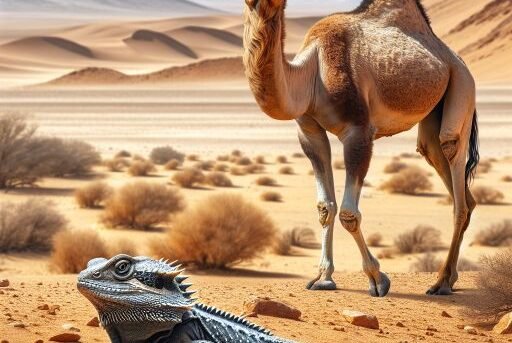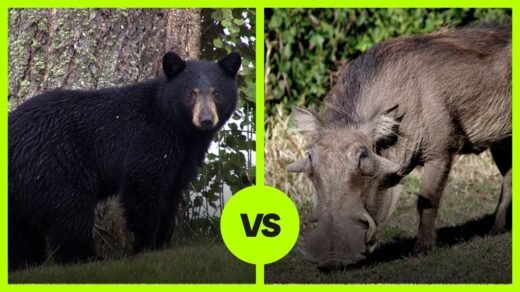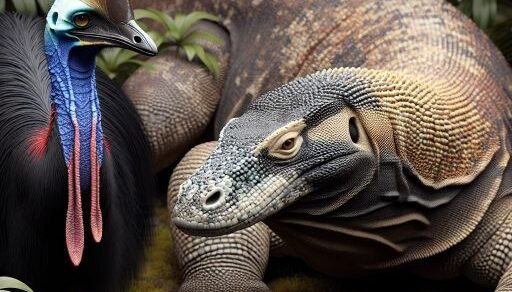Location and Habitat
The Dromedary Camel, also known as the Arabian camel, is primarily found in the arid deserts of the Middle East and North Africa. Adapted to life in a harsh, water-scarce environment, the dromedary camel has unique physiological traits, such as the ability to tolerate extreme dehydration and temperature fluctuations. Its habitat spans from the sandy expanses of the Sahara to the rocky terrains of the Arabian Peninsula, where it has been an invaluable asset to the nomadic human populations for centuries.
In contrast, the Desert Lizard, a general term that encompasses various species, thrives in similar arid environments but exhibits a vastly different set of adaptations. These lizards are predominantly found in desert landscapes across North America, Africa, and Asia, where they capitalize on their ectothermic nature to regulate body temperature. Utilizing the sun’s heat for energy during the day and retreating to cool burrows at night, desert lizards have evolved with specialized scales that minimize water loss and textured footpads to navigate the uneven and hot terrain effectively.
Dromedary Camel vs. Desert Lizard Comparison
| Feature | Dromedary Camel | Desert Lizard |
|---|---|---|
| Size and Weight | Height: 6-7 ft at the shoulder, Weight: 880-1320 lbs | Length: 4-6 inches, Weight: Less than 0.1 lbs |
| Ability to Finish Opponent | High due to size and strength | Low, primarily defensive capabilities |
| Weaponry | Strong legs, large body mass | Speed, agility, sometimes venomous |
“`
Hunting and Skills
The dromedary camel, primarily found in arid desert regions, is not a predator but a herbivore, feeding on various desert vegetation such as grasses, herbs, and leaves, which are abundant in their environment. They are well-adapted to their harsh habitat, capable of surviving extreme temperatures and water scarcity by efficiently managing their body’s water and heat. Camels are generally preyed upon by large predators such as wolves or big cats in some regions, but their size and ability to travel long distances often serve as their primary defense mechanisms.
In contrast, the desert lizard, a smaller and more agile creature, preys on a variety of insects, smaller lizards, and occasionally plant material. Their hunting strategy involves stealth and speed, using their camouflaged appearance to ambush unsuspecting prey or swiftly chasing it down. To defend themselves from predators such as birds, snakes, and larger mammals, desert lizards utilize their quick reflexes to escape to burrows or under rocks, and some species can even detach their tails to distract attackers.
Dromedary Camel vs. Desert Lizard Who Would Win?
The dromedary camel, due to its large size and strength, would likely intimidate the desert lizard. The lizard might attempt to escape or hide, using its agility and small size. If the camel manages to step on or strike the lizard, it could easily injure or kill it. The lizard’s defensive tactics would primarily involve evasion.
Winner: Dromedary Camel with a 95% chance of winning.




